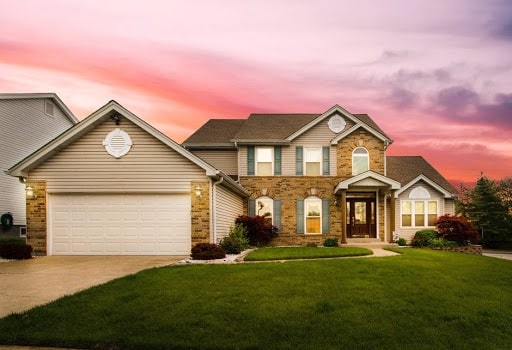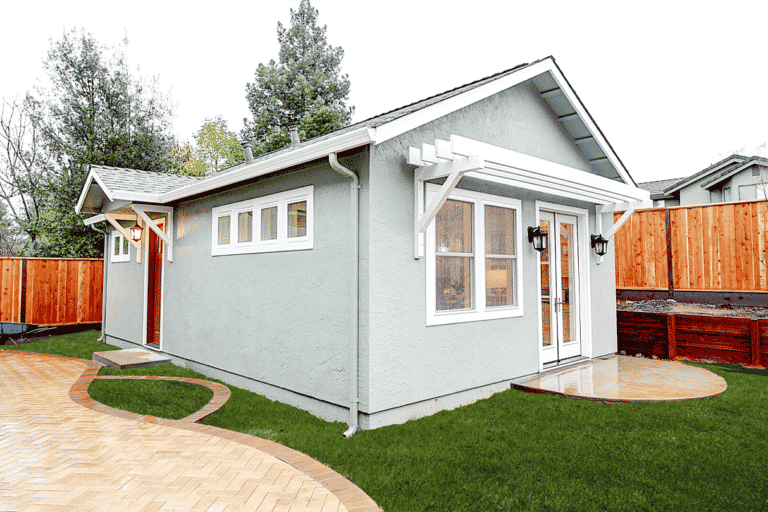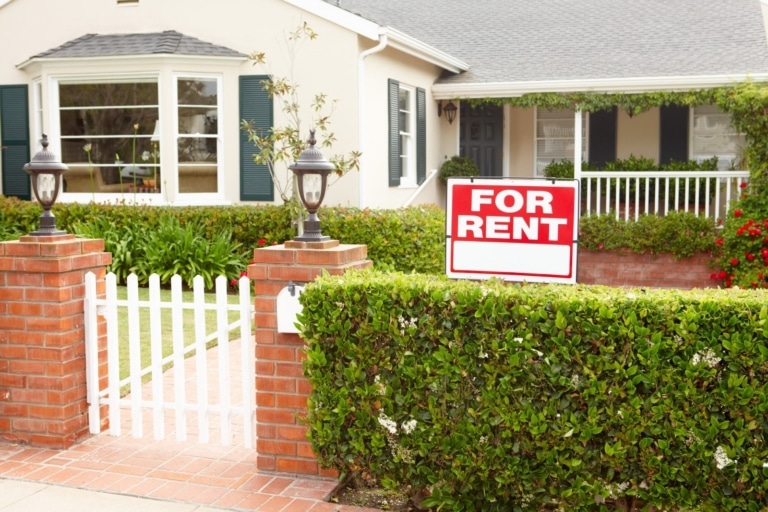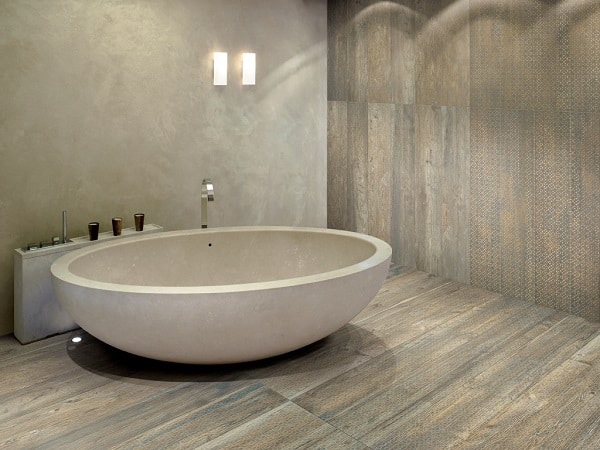Hardwood Floor Options
Finish-in-place vs. pre-finished—determining the right floor for you
Hardwood floors are a perennial favorite among homeowners. There are two main types of hardwood floors: finish-in-place and pre-finished. To help you understand the main differences, we’ve outlined a comparison on both options.
Finish-in-place:
Most new finish-in-place flooring is ¾” thick tongue and groove material that is blind nailed. The means the nails used to install the flooring are hidden from view, and the floor has a clean look with no nail holes to be filled. Oak is popular, but by no means the only choice.
Advantages:
One of the advantages of a finish-in-place floor is that, with proper care and maintenance, these floors can last forever. Maintenance includes making sure a new coat of finish is applied by a professional before the old coat is worn through. As a result, no sanding of the wood is required, and the beauty of the floor will endure for as long as the home.
Another wonderful feature of finish-in-place floors is the virtually limitless options for custom patterns, border options, highlight features and inlays. Finish-in-place floors are tough, long lasting and highly customizable. Cost wise, they are comparable to the better pre-finished flooring options.
Disadvantages:
Finish-in-place floors require a longer installation time. The finishing process takes several days and will require drying time before the floor can be used. For those living in their home during a remodel, the fumes from the finish can present a problem. Water-based finishes are available and have reduced vapor problems. But they create a different final look, which, depending on your tastes may or may not be preferred.
Pre-finished flooring:
Pre-finished floors are hardwood flooring with a factory-applied finish and the variety of pre-finished floor options is numerous. They range from solid wood, to laminated, to composite and beyond. Each brand and material has its own strengths and weaknesses.
Advantages:
Pre-finished floors offer a much wider range of design options than finish-in-place floors. Some are not actually wood at all, with printed patterns covered by a tough finish—the term hardwood flooring almost doesn’t apply. Costs range from inexpensive to super premium.
Installation time is generally less, and your ability to use the floor is immediate, resulting in a reduced construction schedule and associated cost savings.
Some pre-finished floors are also called floating floors. This type of floor is not attached to the subfloor at all. Installed over a thin foam base, the individual boards are interlocking and require no fasteners to hold them together. This type of flooring is an excellent choice for installation over concrete slab floors. The foam layer provides an additional layer of insulation that leaves the floor feeling warm and resilient, even with a cold, hard concrete floor just millimeters below.
Disadvantages:
Customized installation patterns are more limited with pre-finished floors. They can have a limiting impact on stairs, where special materials are often required to make a seamless, beautiful transition possible.
Hardwood floors are increasingly popular in kitchens. The resilience and warmth of a floor can have a beneficial effect on those that have to stand for long periods of time while cooking. They are also more forgiving when fragile dishes are inadvertently dropped.
There is no universal right answer for which floor to pick. Work with your designer to understand how your home and lifestyle may benefit from a particular flooring option.






